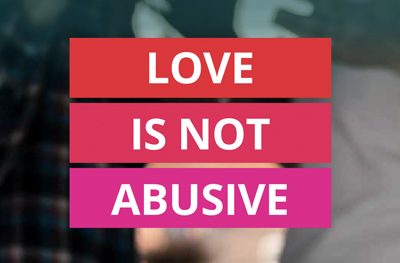Relationship violence may involve physical violence, but we need to understand relationship violence more broadly as behaviour that is violating. Such violence may also be coercive, that is, a pattern of behaviour that is harmful. For example, this may include behaviour that humiliates, belittles, shames, intimidates, frightens, manipulates, or punishes.
Both women and men sometimes resort to violence. Whoever uses it, is responsible for their own behaviour, for stopping their violence and, if need be, for obtaining professional assistance and support in order to stop it.
Whatever a partner’s behaviour may be like – even if violent – it will not be resolved through a violent response. If a person’s behaviour is hurtful, infuriating, or destructive to the relationship, then these issues and perhaps the future of the relationship need to be given honest consideration (which might require a lot of courage and some hard decisions). Ceasing violence should never be dependent on an expected change in a partner’s behaviour. It needs to stop because it will achieve only harm, and will diminish very rapidly any chance of the relationship being salvaged.
Relationship violence, whether it’s the behaviour of women or men, can be substituted with behaviours, strategies and skills that make room for tempers to calm, for issues to be tackled rationally, reasonably, and constructively – creating hope for the relationship rather than despair.
Relationship violence is often a sign that a relationship is heading into serious trouble and that problems exist that will very likely not be resolved without appropriate professional support and assistance. Once it is occurring, relationship violence usually worsens and becomes habitual.
Although there are some clear criteria for identifying relationship violence (such as physical or sexual assault, psychological trauma, or financial deprivation), what women or men experience as violating needs to be taken seriously and considered carefully. Furthermore, the simplistic distinction (still made in much literature on relationship violence) between victim and perpetrator is much less helpful than taking all the facts of a situation into consideration.
Making this distinction serves only to make matters worse, particularly in cases where both partners have used some form of violence. By distorting the reality of what has been happening, it is likely that the kind of solutions applied to the problem will be unfair (inequitable), inappropriate, and destructive, rather than helpful to the future of the relationship.
In circumstances of significant or persistent violence, partners may need to be separated, or one partner helped to stay in alternative safe accommodation, while sense is made of what has been happening, and genuinely helpful options for support and assistance are considered.
Feeling unsafe or that things are unsafe for children should never be ignored. This is especially the case where people are geographically isolated. If the situation becomes worse, there may not be enough time to prevent something bad happening, because of the distance someone must travel to get or give help.
You can download this information as a FREE RESOURCE here.






